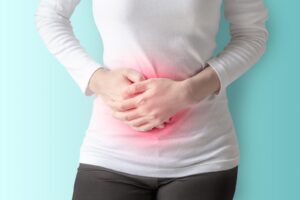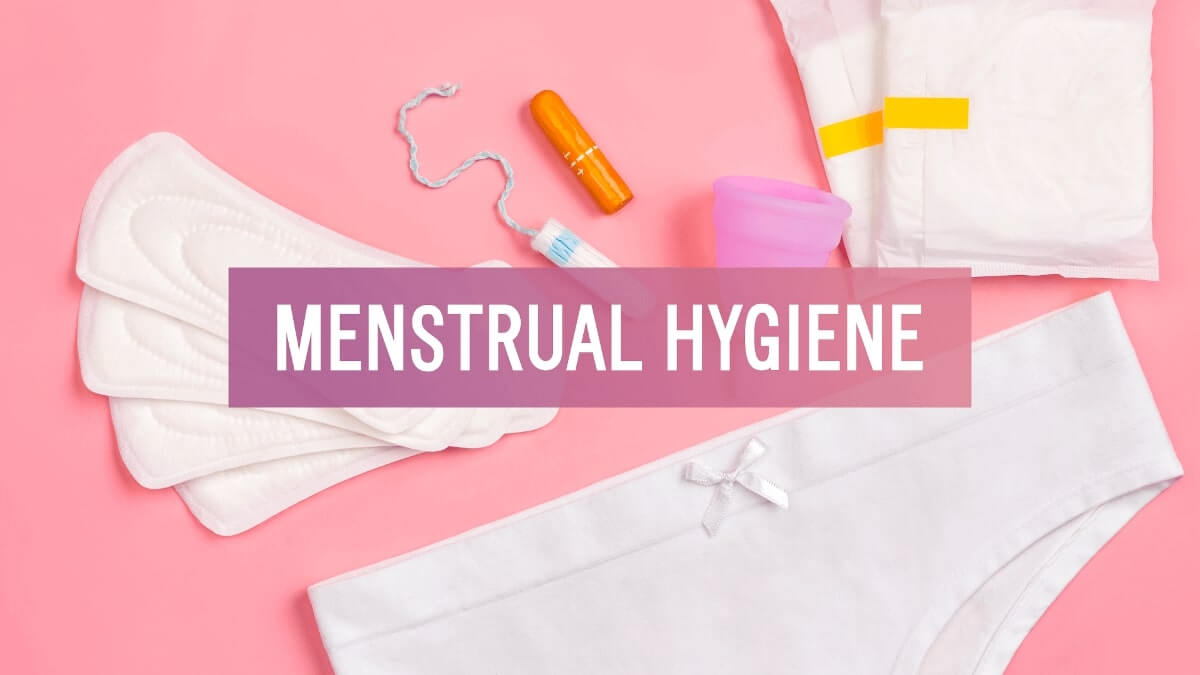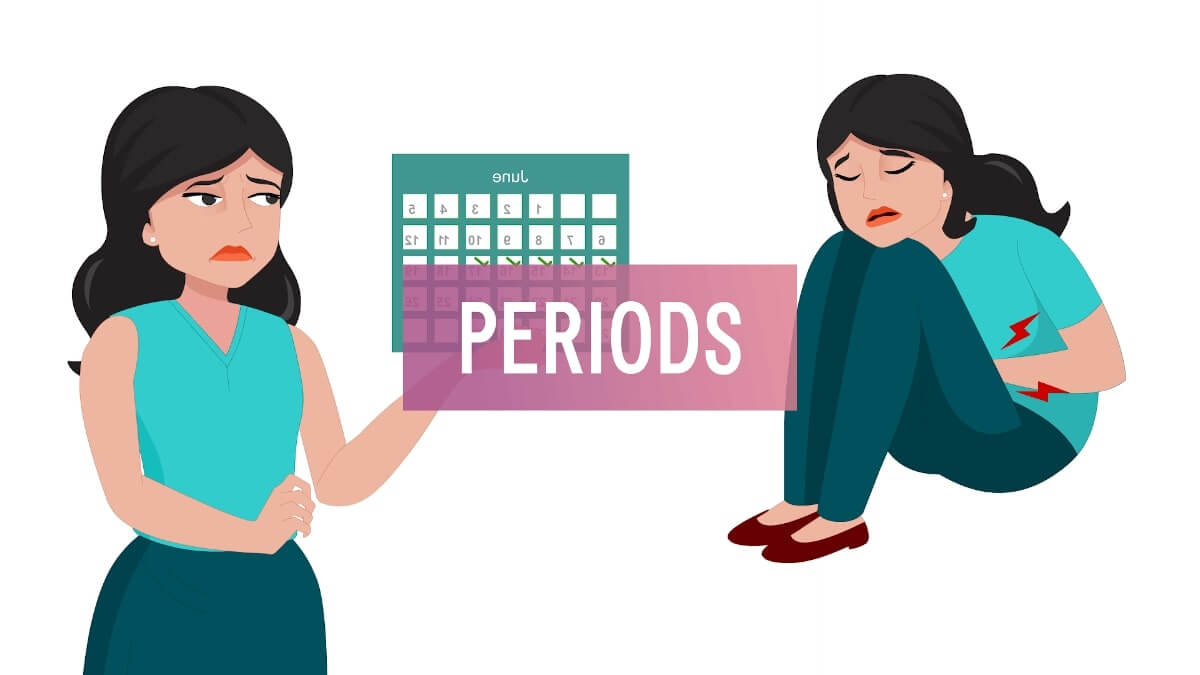Dysmenorrhea or menstrual cramps are throbbing or cramping pains in the lower abdomen, which many girls experience just before or during their menstrual periods
Though common, for some girls, the discomfort caused by the pain is merely annoying while for others, menstrual cramps can be severe enough to interfere with everyday activities for a few days every month. Many girls get these cramps routinely but with age, they usually become less painful and may stop entirely after childbirth.


Some of the symptoms of dysmenorrhea are:
- Throbbing or cramping pain in the lower abdomen that can be severe and intense
- Feeling of pressure in the belly
- Pain that radiates to lower back, thighs, and legs
- When cramps are severe, symptoms may include:
- Loose stools
- Nausea and vomiting
- Headache
- Dizziness
The pain usually starts 1 to 3 days before the period, peaks 24 hours after the onset of the period and subsides in 2 to 3 days
What Causes Menstrual Cramps?
During the menstrual period, the uterus contracts strongly to help expel its lining. This happens due to a hormone-like substance, prostaglandins, which causes the uterus walls to contract and then shed its lining, resulting in a period. If the uterus contracts too strongly due to higher levels of prostaglandin, it can press against nearby blood vessels, resulting in decreased blood flow to the uterus causing excessive
pain. Excessive bleeding can also occur with dysmenorrhea.
Types of Dysmenorrhea
Primary dysmenorrhea is menstrual pain that’s not a symptom of an underlying gynecological disorder but is related to the normal process of menstruation. Primary dysmenorrhea is the most common type of dysmenorrhea, affecting more than 50% of women, and quite severe in about 10%. Primary dysmenorrhea is most common in late adolescence and the early 20s. Fortunately for many women, the problem eases with age, especially after childbirth. Although it may be painful and sometimes debilitating for brief periods of time, it is not harmful.
Secondary dysmenorrhea is menstrual pain that is generally related to some kind of gynecological disorder like endometriosis, uterine fibroids, adenomyosis, and pelvic inflammatory disease. Secondary
dysmenorrhea is more likely to affect women during adulthood.
Treatment
Lifestyle choices and home remedies can be helpful in relieving painful menstrual cramps for most girls.
Some of the things that can be done are:
- Keep a heating pad or hot water bottle on the lower back or abdomen
- Massage the lower back and abdomen.
- Take a warm bath
- Rest when needed, and get proper sleep
- Avoid foods that contain caffeine and salt
- Avoid smoking and alcohol
- Exercise regularly
- Eat light, nutritious meals
For mild menstrual cramps, a pain reliever medicine can also be taken if necessary. If menstrual pain is routinely very severe and interfering with the ability to perform daily activities and leading to skipping school, playing then it affects the quality of life, and a gynecologist can be consulted. The doctor will review the medical history and perform a physical exam, and if necessary will also recommend other tests to rule out any other conditions.
For severe menstrual cramps, doctors may give prescription pain relievers or may also recommend oral contraceptives, which lessen menstrual pain.
Conclusion
Dysmenorrhea is a common problem among adolescent girls, and they experience physical and emotional symptoms associated with dysmenorrhea. Moderate pain and cramps during menstruation are natural and not harmful and are likely to reduce with age. However, excessive, and severe pain that consistently prevents and interferes with everyday activities is not a normal occurrence and with the consultation of a specialist, steps can be taken to manage the condition better.
Special Thanks to Dr. D.KIRANMAI (MD, FICOG, SENIOR CONSULTANT OBG, ) for the expert advice.






